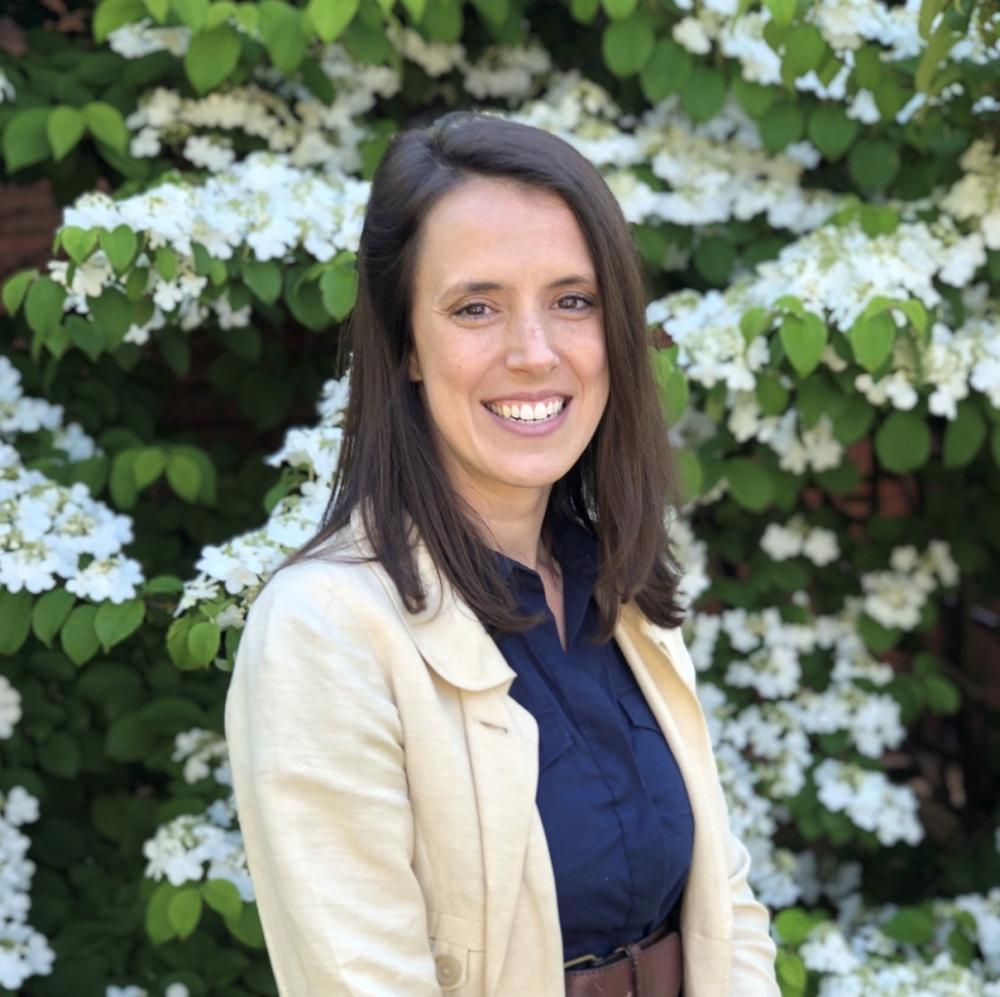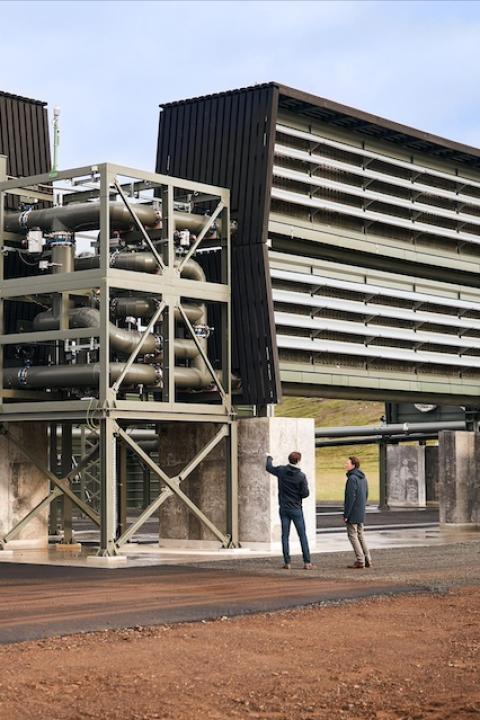
An orange hue tints New York City on June 7 as smoke from more than 100 wildfires across Quebec, Canada, filters south. Wildfire seasons are starting earlier, lasting longer and causing more damage due to climate change, scientists say. (Image: Metropolitan Transportation Authority/Flickr)
The annual Non-Disclosure Campaign engages investors to directly request climate disclosures from top companies responsible for high levels of greenhouse gas emissions.
Organized by the nonprofit CDP (formerly the Carbon Disclosure Project), this year's campaign includes nearly 300 global financial institutions with almost $29 trillion in assets under management. They're calling for disclosure from over 1,600 high-impact companies — including Saudi Aramco, ExxonMobil, Tesla, Chevron, Caterpillar and Volvo. Together, these companies emit nearly the same amount of greenhouse gases as the United Kingdom, European Union and Canada combined, according to CDP. And they've all failed to respond to the nonprofit’s climate disclosure requests.
So, why are climate disclosures important, and how can investors and other stakeholders put the pressure on more companies to disclose? We sat down with Sebastian O’Connor, an associate director at CDP whose team has conducted the Non-Disclosure Campaign since 2017, to learn more.
Why are environmental and climate disclosures important?
“The theory of change behind CDP is quite simply what gets measured gets managed,” O’Connor said. “The end goal of all of our work on climate change is to get emissions down to zero. To get to that point, you need a target that is feasible but ambitious. And to get a target, you need to know where you start.”
While climate disclosures are the most common kind of disclosure reported to CDP, many companies also disclose their water and forest impacts, O’Connor said. “It is more than climate. The whole aspect of nature should be disclosed against — climate and nature are interlinked.”
Corporate climate disclosures encompass business activities that produce emissions, including in the company value chain. Because the world still lacks a global standardized reporting framework, CDP is one of the recognized industry leaders in evaluating climate and nature impacts.
“CDP is the best avenue for standardized, comparable disclosures that can be assessed and graded to see how well a company is doing,” O’Connor said. “We need to know how corporations are impacting the environment in order to create a sustainable economy.”
Why do companies fail to disclose?
Corporations give various reasons for refusing to disclose their climate, water or other nature-related impacts. Some companies cite the time and resources it takes to complete a CDP questionnaire, while others choose to publish their own sustainability reports instead of going through third parties. But self-published reports can be bias, O'Connor said.
“The devil is truly in the details, as companies can decide what to omit and what to publish,” he told us. “Will companies put out anything that goes against the narrative of them always making progress?”
CDP also allows the public to compare companies against others in their peer group in a standardized way that is assessed by an independent third party.
Putting on the pressure
O’Connor thinks chronic non-disclosing companies might not be getting enough pressure from regulators and their investors, but this is changing. “There is clear pressure from regulatory regimes in every part of the world,” he said. “Regulators are paying attention because climate and nature impact the financial security of the world economy. This year, our Non-Disclosure Campaign got 288 signatories to sign on, a quadruple increase from 2017.”
Supporters of this year’s campaign included investors, asset managers, asset owners, insurance companies and other financial institutions. The nonprofit typically sees success because of the direct, simple nature of the requests, O’Connor said.
“CDP acts as an effective bridge between financial institutions and the corporate world,” he said. “We facilitate meetings that often revolve around companies giving their reasons for not disclosing. Then, investors are able to show the benefits to disclosing. When this happens, we have a high rate of previously non-disclosing companies disclosing the following year.”
As governments around the world move toward standardized reporting frameworks, CDP is working to ensure that the regulations are rigorous and ambitious, O’Connor said.
“CDP came into play 20 years ago because regulation did not exist,” he explained. “We formed the foundation of the ESG [environmental, social and governance] universe that we see today." While regulated disclosures are a welcome change, "we can also influence these regulations to make sure they do not just go to the lowest common denominator," he said.
“It is about more than just disclosure. We want to help guide companies through every step that leads them to being truly sustainable.”

Mary Riddle is the director of sustainability consulting services for Obata. As a former farmer and farm educator, she is passionate about regenerative agriculture and sustainable food systems. She is currently based in Florence, Italy.














